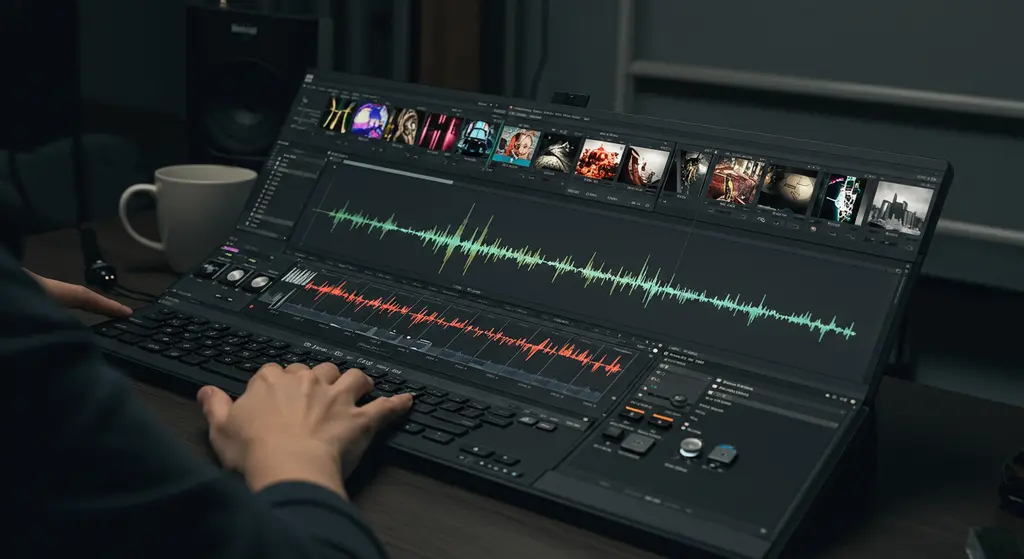Understanding SFM Compile: From Basics to Advanced Usage

In the world of 3D animation, Source Filmmaker (SFM) has emerged as a powerful tool for creators. Developed by Valve Corporation, SFM allows artists to produce high-quality animations using the Source game engine. While SFMCompile provides an intuitive interface for animation, one of the essential processes for bringing creations to life is the compile stage. Understanding the nuances of compiling in SFM is crucial for both beginner and professional animators.
What Is SFM Compile?
The term “compile” in the context of SFM refers to the process of converting animation projects into a final renderable output. This process involves transforming a collection of models, textures, camera movements, lighting setups, and keyframes into a cohesive sequence. Without compiling, animations would remain in their editable format, preventing them from being shared or used in other media applications.
Unlike simple preview rendering, compiling ensures that all assets are correctly integrated and optimized for performance. The compiled output can be exported as video files or frames, ready for post-production editing. Understanding this distinction is the first step toward mastering SFM workflows.
The Role of the Source Engine
SFM operates on Valve’s Source engine, the same technology behind games like Team Fortress 2 and Half-Life 2. This engine allows for real-time manipulation of 3D assets, physics-based animation, and complex lighting effects. When compiling an animation, the engine processes all the data and renders it frame by frame.
The Source engine’s efficiency is key to SFM’s popularity. It can handle complex scenes with multiple characters and props without crashing, provided the assets are optimized. However, unoptimized models or excessive use of particle effects can slow down the compile process significantly.
Preparing for a Compile
Before initiating a compile, preparation is essential. Animators must ensure that:
- Models and Textures Are Correctly Applied: Any missing textures or incorrectly rigged models can result in glitches in the final render.
- Lighting Is Set Up Properly: Source engine lighting impacts shadows, reflections, and mood. Poor lighting setups can make a scene look flat or unrealistic.
- Animation Curves Are Smoothed: Jagged or abrupt keyframe transitions can make the final output appear unnatural.
- Camera Movements Are Fine-Tuned: Smooth camera paths enhance the cinematic quality of the animation.
Proper preparation not only reduces errors during compilation but also speeds up the process.
Steps to Compile in SFM
Compiling in SFM is relatively straightforward but requires attention to detail:
- Access the Render Menu: In SFM, navigate to the render options. Here, users can select output formats, resolution, and frame rates.
- Choose Export Settings: Decide whether the final output will be a video file or an image sequence. Video files are convenient for immediate sharing, while image sequences are preferred for advanced post-production.
- Adjust Quality Settings: Balancing quality and render time is crucial. Higher settings produce better visuals but take longer to compile.
- Initiate the Compile: Start the process and monitor it for errors. If a crash occurs, check for problematic assets or memory issues.
While the steps are simple, mastery comes from understanding how each option affects the final output.
Common Issues During Compile
Even experienced animators face challenges during compilation. Some frequent problems include:
- Missing Textures or Models: This often occurs when assets are not in the correct directory.
- Frame Drops or Lag: Too many high-poly models or particle effects can overwhelm the engine.
- Lighting Errors: Misplaced lights can cast unrealistic shadows or create overly dark areas.
- Audio Sync Problems: Audio may fall out of sync if the frame rate is incorrectly set during compile.
Addressing these issues requires a combination of technical knowledge and patience. Proper organization of project files and incremental testing can prevent many common errors.
Optimizing Compile Time
For large projects, compile times can be significant. Optimizing the process involves:
- Reducing Model Complexity: Using low-poly versions for background elements saves resources.
- Minimizing Particle Effects: Excessive particles increase render load.
- Baking Lighting: Precomputed lighting can reduce calculation time during compile.
- Using Proxy Models: Temporarily replacing complex models with simpler placeholders during previews helps refine animation before the final render.
Efficient compiling ensures animators spend more time creating and less time waiting for renders.
Advanced Compile Techniques
Professional SFMCompile users often employ advanced techniques to enhance output quality. These include:
- Motion Blur Settings: Adding motion blur can make animations appear smoother and more cinematic.
- Depth of Field Effects: Using camera focus creatively adds realism to the scene.
- Custom Shaders and Materials: Advanced users manipulate shaders to achieve unique visual effects.
- Batch Compiling: When working on multiple shots, batch compiling allows for simultaneous rendering, saving time and effort.
These techniques elevate animations from basic projects to professional-grade cinematic sequences.
Post-Compile Workflow
Once the compile is complete, the animation is ready for post-production. This stage may include:
- Editing in Video Software: Adding transitions, sound effects, and color grading.
- Compositing Layers: Integrating multiple renders for complex visual effects.
- Exporting Final Versions: Choosing appropriate formats for distribution, whether online or for professional presentation.
The quality of the compile directly impacts post-production possibilities. A well-prepared compile reduces the need for extensive corrections later.
Conclusion
Mastering the compile process in SFM is essential for any animator seeking professional results. It requires a combination of preparation, technical knowledge, and creative decision-making. From ensuring models and textures are correct to optimizing render settings and implementing advanced effects, each step contributes to a polished final animation.
While the process may seem technical at first, practice and experimentation can turn compiling into a straightforward and even enjoyable part of animation creation. By understanding the Source engine’s capabilities and paying attention to detail, animators can produce high-quality videos that showcase their skills effectively. Whether for hobby projects or professional productions, mastering the SFM compile process opens the door to limitless creative possibilities.
